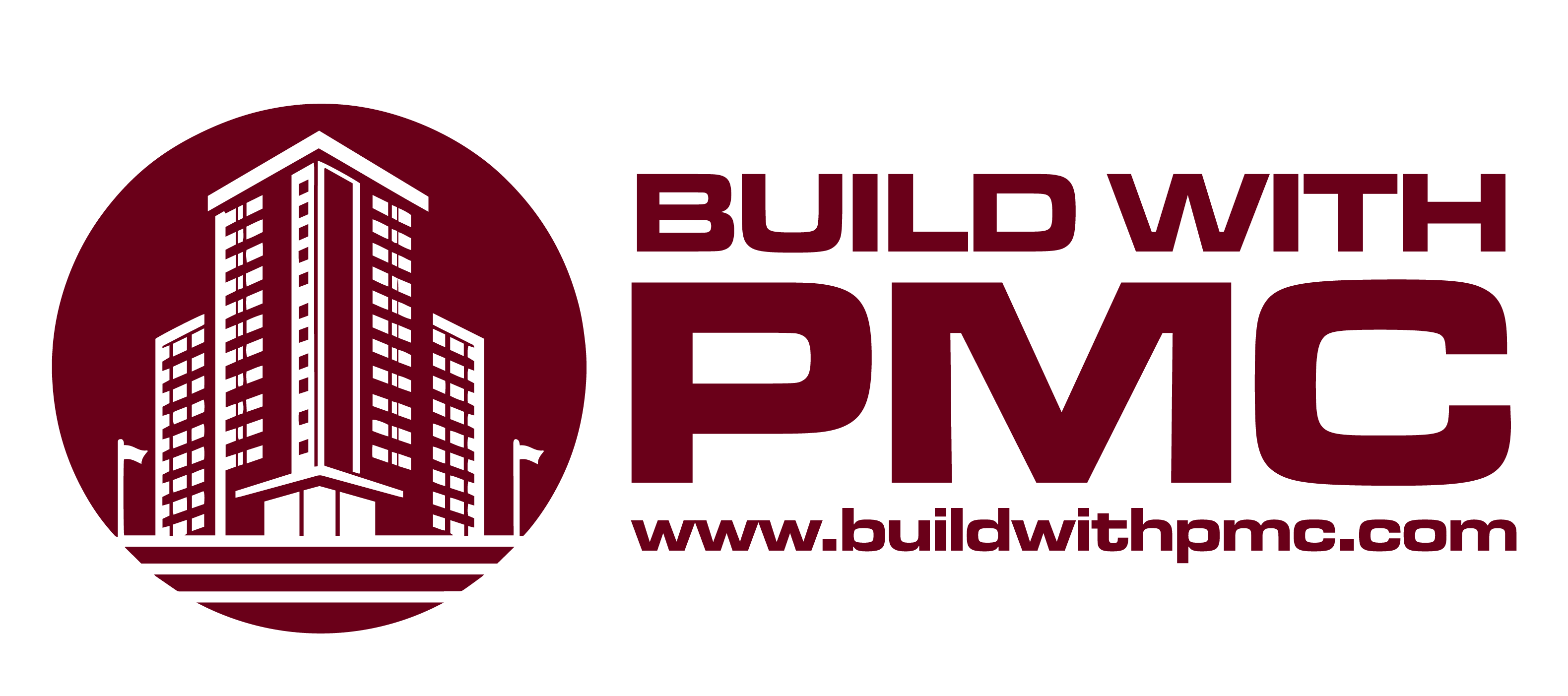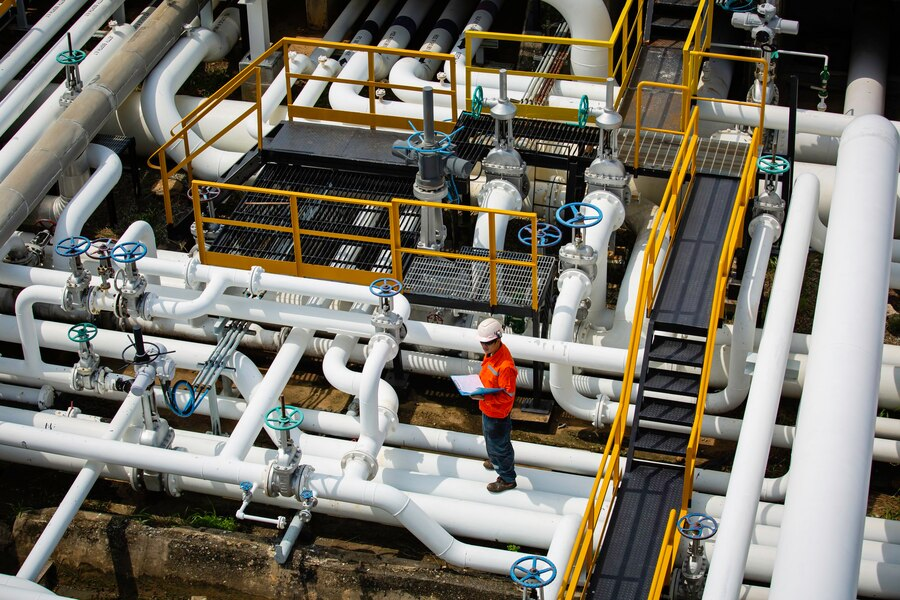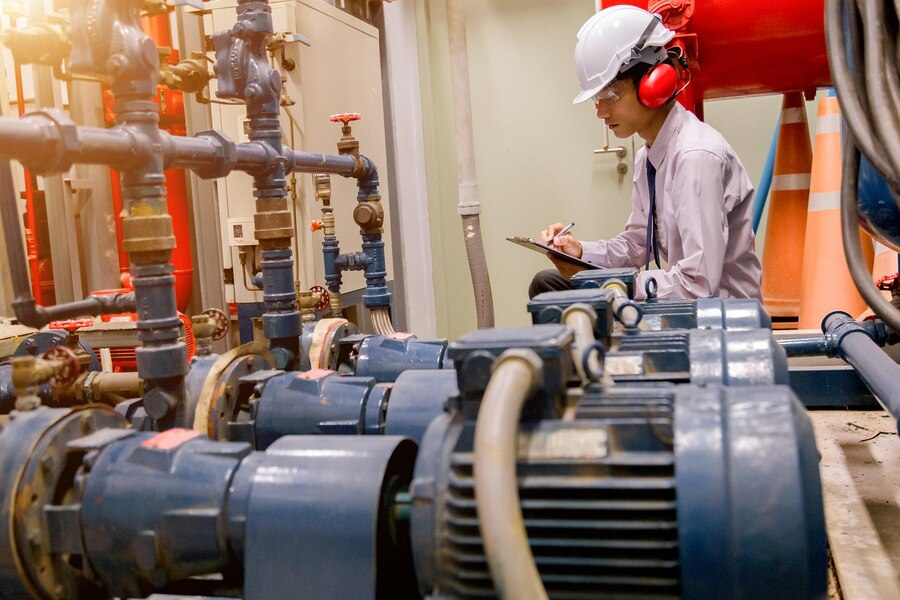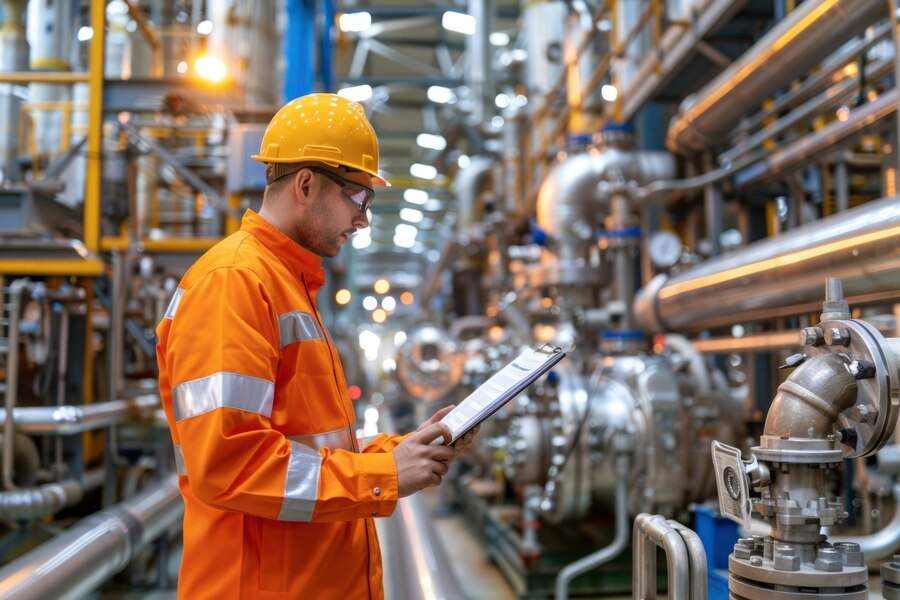Structural steel serves as the backbone of modern commercial buildings, playing a crucial role in ensuring their integrity and stability. Its exceptional strength-to-weight ratio, durability, and versatility make it indispensable in construction projects. From skyscrapers to warehouses, structural steel provides the framework that supports the entire structure, resisting environmental forces and ensuring safety for occupants. Beyond its structural function, steel’s flexibility allows for innovative architectural designs and efficient construction processes. In this context, exploring the pivotal role of structural steel unveils its significance in maintaining the safety and longevity of commercial buildings.
Importance of Structural Steel: Enhancing Stability and Durability

Structural steel plays a pivotal role in the construction industry, particularly in commercial building projects. Its unparalleled strength, durability, and versatility make it an indispensable material for architects and engineers alike. In this discussion, we delve into the significance of structural steel and how it enhances the stability and durability of commercial buildings.
Strength and Load-Bearing Capacity
Structural steel boasts exceptional strength-to-weight ratio, making it capable of bearing heavy loads with minimal material usage. This inherent strength allows for the creation of large, open spaces within commercial buildings without the need for excessive support columns or walls.
Structural Integrity and Stability
One of the primary functions of structural steel is to provide the framework for a building’s structural integrity. Its robustness enables commercial structures to withstand various forces, including wind, seismic activity, and dynamic loads, ensuring stability and safety for occupants.
Flexibility in Design
Structural steel’s versatility extends beyond its strength; it also offers flexibility in design. Architects can explore innovative and creative building designs, including curved or unconventional shapes, thanks to steel’s malleability and ability to be fabricated into custom shapes and sizes.
Durability and Longevity
Commercial buildings constructed with structural steel are built to last. Steel is highly resistant to corrosion, decay, and pests, ensuring the longevity of the structure with minimal maintenance requirements over time. This durability reduces lifecycle costs and enhances the overall value proposition of the building.
Sustainable Construction Practices
In an era where sustainability is paramount, structural steel aligns well with green building initiatives. It is a highly recyclable material, with a significant portion of steel used in construction being sourced from recycled sources. Additionally, steel’s lightweight nature reduces transportation emissions, making it an eco-friendly choice for builders and developers.
Structural Steel Components: Key Elements in Commercial Building Design

Structural steel components are the backbone of modern commercial building design, providing the framework and support necessary for constructing robust and functional structures. From towering skyscrapers to sprawling office complexes, the utilization of structural steel ensures the creation of safe, versatile, and aesthetically pleasing buildings. In this exploration, we delve into the key components of structural steel and their crucial role in commercial building design.
Beams and Columns
Beams and columns are fundamental elements of structural steel construction, serving as the primary load-bearing members of a building’s frame. Beams distribute the weight of the structure horizontally, transferring loads to columns, which in turn carry the weight vertically to the foundation. Their strength and rigidity provide stability and support for the entire building.
Trusses and Bracing
Trusses and bracing systems are essential components for reinforcing structural steel frameworks, particularly in large-span commercial buildings. Trusses are assemblies of interconnected beams designed to span long distances while supporting heavy loads, often used in roof and floor systems. Bracing elements, such as diagonal members and cross-bracing, enhance the stability of steel structures by resisting lateral forces such as wind or seismic activity.
Plates and Flanges
Plates and flanges are flat, thin components of structural steel used for various purposes in commercial building design. Plates are often employed as base plates for columns or as reinforcement in beam-to-column connections. Flanges, located at the ends of beams and columns, provide increased surface area for connection points and enhance the load-carrying capacity of the members.
Connections and Fasteners
The strength and reliability of a steel structure rely heavily on the integrity of its connections and fastening systems. Welding, bolting, and riveting are common methods used to join structural steel components together securely. Properly designed and executed connections ensure structural stability, resist dynamic loads, and contribute to the overall safety and performance of the building.
Architectural Features and Finishes
Beyond their structural function, structural steel components often contribute to the architectural aesthetic of commercial buildings. Exposed steel beams, columns, and trusses can be showcased as design elements, adding visual interest and character to interior and exterior spaces. Additionally, steel components can be finished with coatings or treatments to enhance durability, aesthetics, and resistance to corrosion.
The Value of Structural Steel in Commercial Buildings
Structural steel isn’t just about construction; it’s about long-term investment. Let’s explore how it maintains the value of commercial buildings.
- Resilience and Longevity: Steel’s strength and corrosion resistance ensure buildings last, safeguarding investments.
- Flexibility for Adaptation: Steel’s flexibility allows for easy modifications, enhancing marketability and future-proofing.
- Efficient Use of Space: Steel’s strength-to-weight ratio maximizes usable space, appealing to tenants.
- Sustainability and Market Appeal: Steel’s eco-friendliness enhances market appeal, attracting environmentally conscious tenants.
- Enduring Aesthetic Value: Steel’s timeless appeal adds charm and sophistication, increasing desirability.
Structural steel is an asset that preserves and enhances the value of commercial buildings. Its resilience, adaptability, efficiency, sustainability, and aesthetic appeal make it a wise investment for lasting value appreciation.
Conclusion
The significance of structural steel in upholding the durability and safety of commercial buildings cannot be overstated. From withstanding extreme weather conditions to facilitating exterior building maintenance (EBM) through tools like swing stage rental, its role is pivotal. PMC INC in Fontana understands the paramount importance of integrating quality structural steel into commercial concrete projects and tenant improvements. By prioritizing the use of structural steel, businesses can ensure the long-term integrity and resilience of their commercial spaces, ultimately safeguarding their investments and the safety of occupants.



